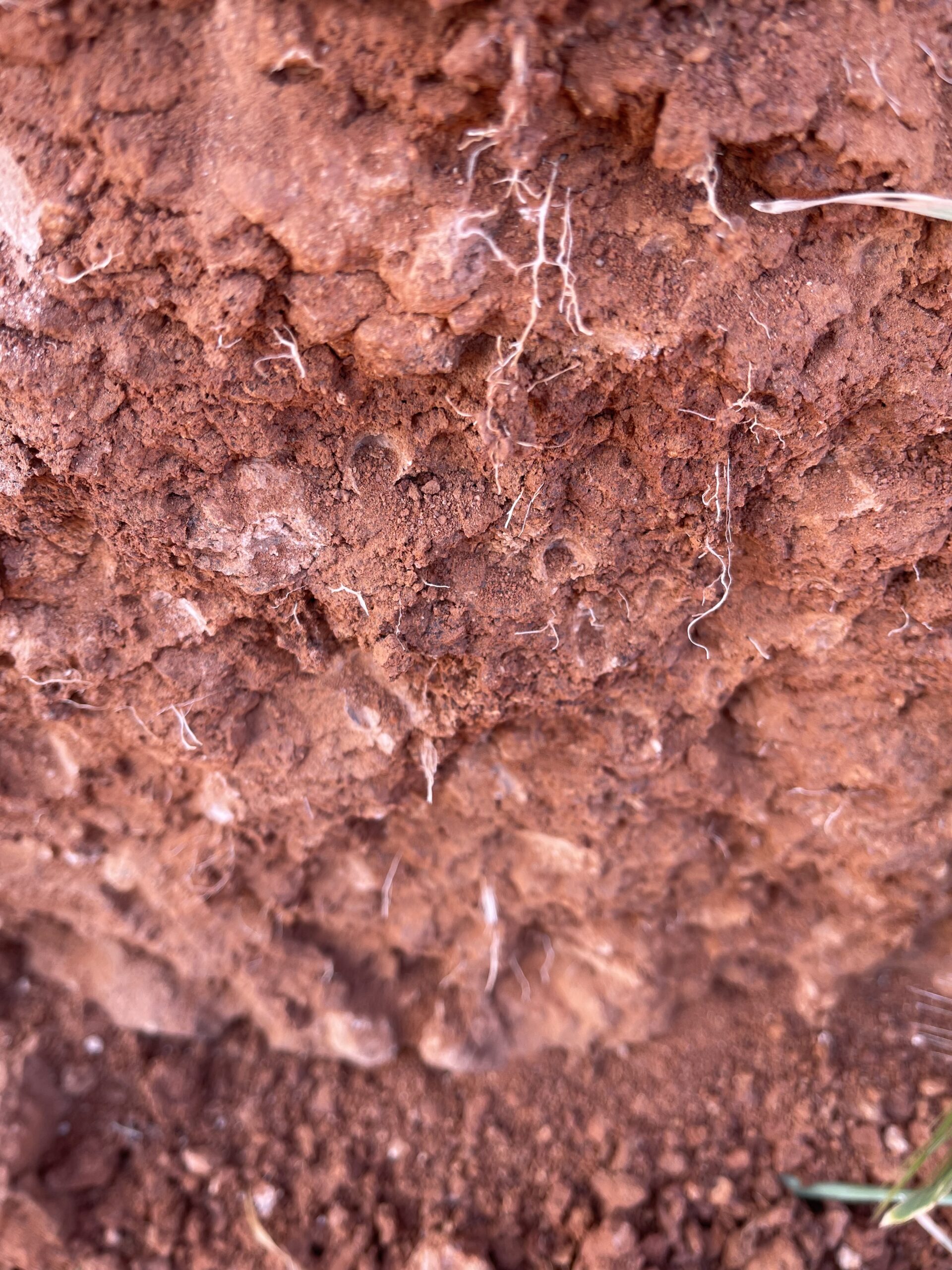Date
2023/08/31
Duration
4 min read
ebook
Soil Quality: 10 Plant Nutrition
Organisations
SoilsWest
Department of Primary Industries and Regional Development
Grains Research and Development Corporation
Murdoch University
Aim: To quantify whether ameliorating a compacted soil with deep tillage changes the growth response of wheat to fertiliser nitrogen
Key findings
- Deep ripping improved grain yield in the year tillage was applied.
- In the year following tillage, grain yield and agronomic efficiency of fertiliser applied also increased.

Methods
- Soil type: Grey deep sandy duplex (Brown-Calcic Chromosol)
- Growing season rainfall: 274mm (2018), 253mm (2019)
A two-year field experiment was conducted to examine whether the effect of deep tillage on yield response to nitrogen differed in the first and second year after tillage, and to examine whether deep tillage changed the residual effects on nitrogen applied in year one.
The design of the experiment was a complete factorial of tillage treatment (nil tillage, deep tillage), nitrogen applied in 2018 (0, 40 and 80 kg N/ha) and nitrogen applied in 2019 (0, 40, 80 and 120 kg N/ha).. Nitrogen was applied to the soil surface as granular urea (46% N) at sowing in 2018 and at eight weeks after sowing in 2019.
Results
In the first year of the trial (2018), deep tillage increased grain yield but it did not change the shape of nitrogen response curve. The mean grain yield for the nil tillage and deep tillage were 2.8 and 3.4 tonnes per hectare, a 24% yield increase due to deep tillage.
In the second year, deep tillage done in 2018 changed the grain yield response to fertilser nitrogen. Deep tillage changed the shape of the nitrogen response curve; grain yield was higher in deep tillage at 40, 80 and 120 kilograms of nitrogen per hectare but not where no nitrogen was applied. The agronomic efficiency of fertiliser nitrogen (kg of grain per kg of N applied) was higher in the deep tillage than the nil tillage. The mean agronomic efficiency of the nil tillage and deep tillage were 11 kilograms per kilogram and 18 kilograms per kilogram, respectively, a 65% increase due to deep tillage.
The effect of deep tillage on grain protein differed to grain yield; it was lower than the nil tillage. The decrease in grain protein with deep tillage is attributed to a dilution effect by the greater biomass.
References
ebook Soil Quality: 10 Plant Nutrition
Scanlan C, Bell R, Weaver D, Borrett R and Cheng M (2023).


















